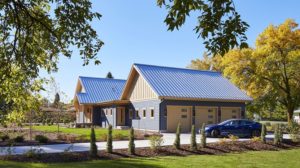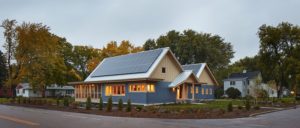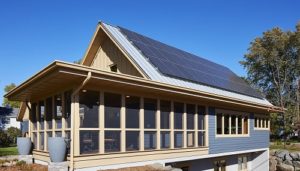The Florida Home Builders Association (FHBA) recently announced their sponsorship of a new Certified Ratings Program; offering single-family homebuilders access to independent energy and water ratings based on Florida’s Energy Code and Water Star℠ owned by the St. Johns River Water Management District. For the Program, Triconic created a partnership between Water Star℠, the FHBA, UL and Intertek. The partnership gives home builders a program to get energy and water ratings from the same professionals.
The Green Builder® Coalition has also selected Triconic to administer the Water Efficiency Rating Score (WERS)® and therefore is taking steps to further its support of Water Star℠ objectives and offer certified WERS ratings. WERS provides a performance-based water efficiency rating and complements the prescriptive-based Water Star℠ Program.
“Builders love the flexibility, and with WERS, they’ll have the choice of a prescriptive water rating through Florida Water Star℠, or a performance-based water rating with WERS,” said Green Builder® Coalition and WERS Development Group Chair Mike Collignon.
“The Certified Ratings Program is the first to establish itself among state home builder associations, but with the support and scale of UL and Intertek, it is anticipated that other states will push expansion of similar programs beyond Florida starting late in 2017 and into 2018”, says Darrell Lehman, President of Triconic. Lehman continues, “There is such tremendous support for comprehensive energy and water rating options. So Triconic will continue fostering partnerships to bring builders more options like bringing WERS to Florida.”
Kim Shanahan, Coalition Board Chair, agreed. “The partnership Triconic assembled sets an exciting precedent that can and should be replicated with HBAs across the nation that seek to provide performance-based choices for rating energy and water usage in homes built by their members. The Green Builder® Coalition is eager to assist Triconic as it expands its outreach to other state HBAs.”
“This is a partnership we’ve been working on for quite some time,” said Collignon. “We always knew we would need assistance meeting demand from across the country. With the partners involved, we can take a program that originated in Santa Fe, NM and elevate it to the national (and potentially international) stage. The Coalition’s Board of Directors and the WERS Development Group are excited for the expansion of WERS.”
____
About the St. Johns River Water Management District & Florida Water Star SM
St. Johns River Water Management District staff are committed to ensuring the sustainable use and protection of water resources for the benefit of the people of the district and the state of Florida. The St. Johns River Water Management District is one of five districts in Florida managing groundwater and surface water supplies in the state. The district encompasses all or part of 18 northeast and east-central Florida counties. District headquarters are in Palatka, and staff also are available to serve the public at service centers in Maitland, Jacksonville and Palm Bay. Connect with us on Twitter at @SJRWMD, Facebook, Instagram and Pinterest. For more information about the district, please visit www.sjrwmd.com.
About Triconic
Triconic designs, builds and operates certification programs for certification program sponsors. Triconic’s team has decades of experience in the Testing Inspection Certification (TIC) industry and can adapt a program to any certification area. Triconic provides a user-friendly certification experience, complete with software based certification tools, so clients can obtain their certifications quickly and easily. To learn more, please visit www.triconic.com.
About Intertek
Intertek is a leading Total Quality Assurance provider to industries worldwide. Through our network of more than 1,000 laboratories and offices and over 42,000 people in more than 100 countries, the Group is re-defining the industry with our Total Quality Assurance proposition. We go beyond physical quality control to provide total peace of mind through our innovative and bespoke Assurance, Testing, Inspection and Certification solutions for our customers’ operations and supply chains. Intertek Total Quality Assurance expertise, delivered consistently, with precision, pace and passion, enabling our customers to power ahead safely. www.intertek.com
About UL
UL fosters safe living and working conditions for people everywhere through the application of science to solve safety, security and sustainability challenges. The UL Mark engenders trust enabling the safe adoption of innovative new products and technologies. Everyone at UL shares a passion to make the world a safer place. We test, inspect, audit, certify, validate, verify, advise and train and we support these efforts with software solutions for safety and sustainability. To learn more, please visit ul.com.
About Green Builder® Coalition
The Green Builder® Coalition is the program sponsor for the Water Efficiency Rating Score (WERS)®. On a broader scale, The Coalition is a not-for-profit association dedicated to amplifying the voice of green builders and professionals to drive advocacy, information and education for more sustainable home building practices. We are an action-oriented community of green builders and professionals dedicated to uniting and growing our joint expertise, values and voice to create stronger standards for sustainable, more environmentally responsible home building. For more information, visit www.greenbuildercoalition.org.

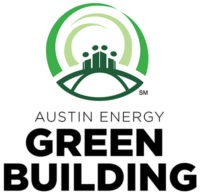
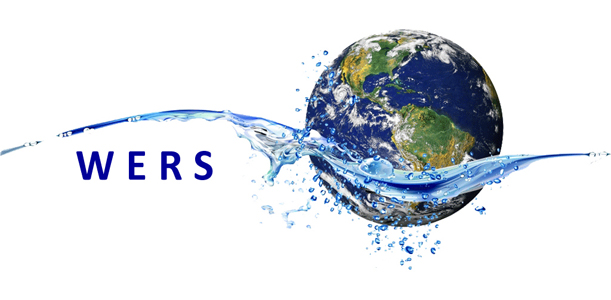
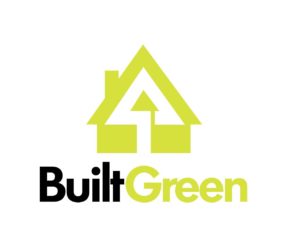
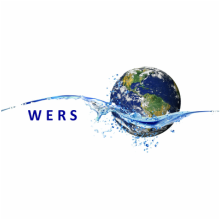 “Water shortages and droughts don’t adhere to boundaries, so taking WERS beyond the borders of the United States is a natural progression for the program,” said Mike Collignon, executive director of the Green Builder® Coalition. “I’ve long felt that the policies and incentives that can be linked to WERS are equally applicable, and potentially more essential, outside the United States. We’re excited to partner with Built Green Canada on this journey.”
“Water shortages and droughts don’t adhere to boundaries, so taking WERS beyond the borders of the United States is a natural progression for the program,” said Mike Collignon, executive director of the Green Builder® Coalition. “I’ve long felt that the policies and incentives that can be linked to WERS are equally applicable, and potentially more essential, outside the United States. We’re excited to partner with Built Green Canada on this journey.”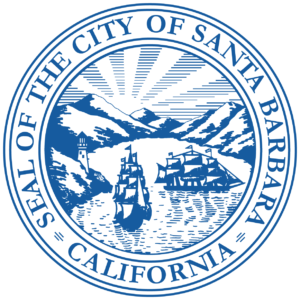 Under the new ordinance, developers would have more flexible water metering options by verifying their project meets ultra-high water use efficiency standards through an independent rating institution. The Public Works Director is finalizing an administrative policy for implementation of the ordinance, including standards for ultra-high water use efficiency and approval of independent rating institutions. Madeline Wood, Water Conservation Supervisor for the City of Santa Barbara, said, “We worked with local industry stakeholders to formulate a path to code compliance that both met the City’s need for conservation and the practical needs of the design/build community. After much consideration, we think this will be a good fit for all parties.”
Under the new ordinance, developers would have more flexible water metering options by verifying their project meets ultra-high water use efficiency standards through an independent rating institution. The Public Works Director is finalizing an administrative policy for implementation of the ordinance, including standards for ultra-high water use efficiency and approval of independent rating institutions. Madeline Wood, Water Conservation Supervisor for the City of Santa Barbara, said, “We worked with local industry stakeholders to formulate a path to code compliance that both met the City’s need for conservation and the practical needs of the design/build community. After much consideration, we think this will be a good fit for all parties.”